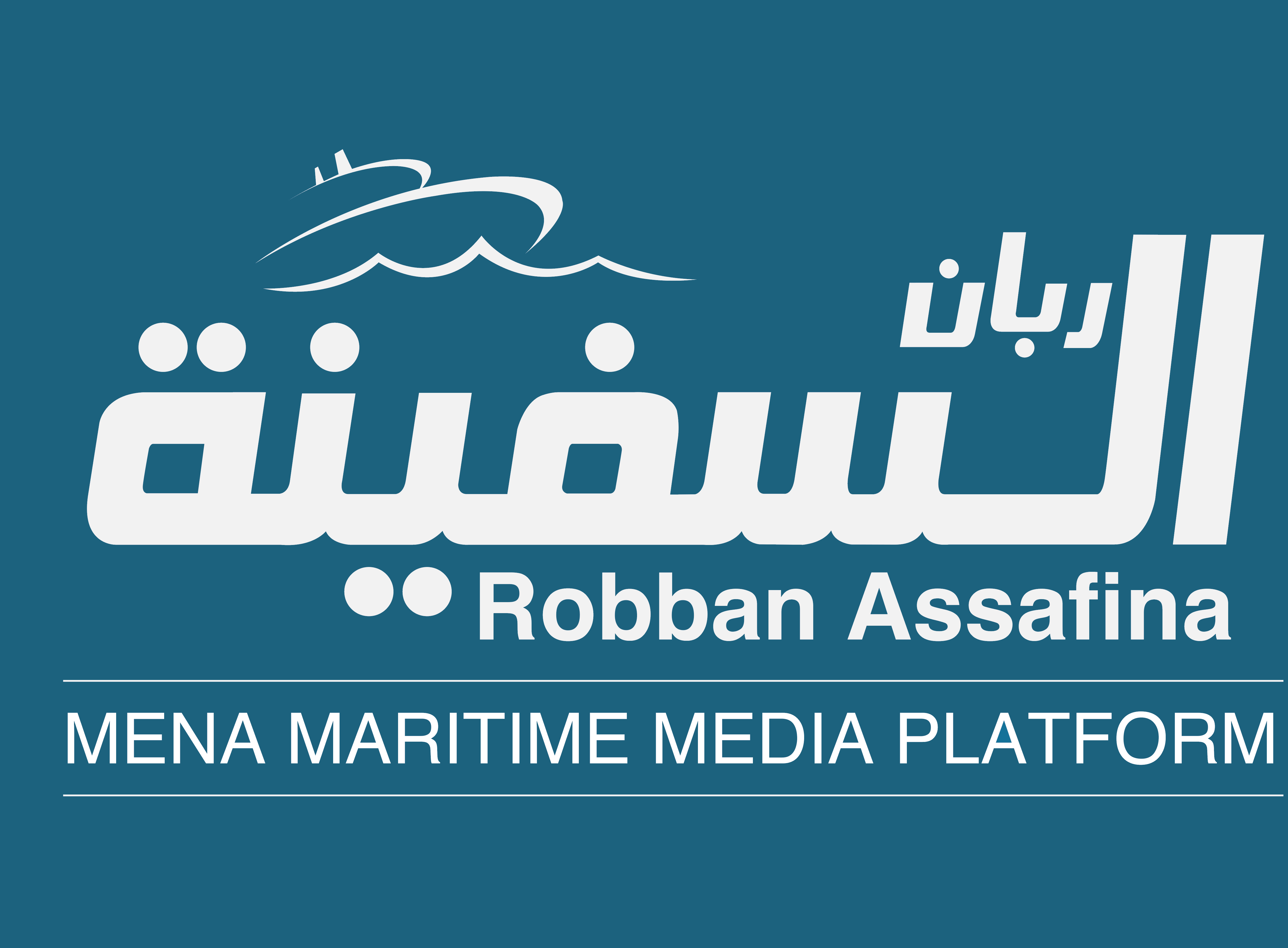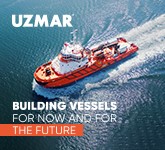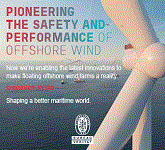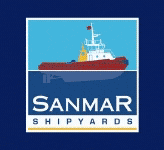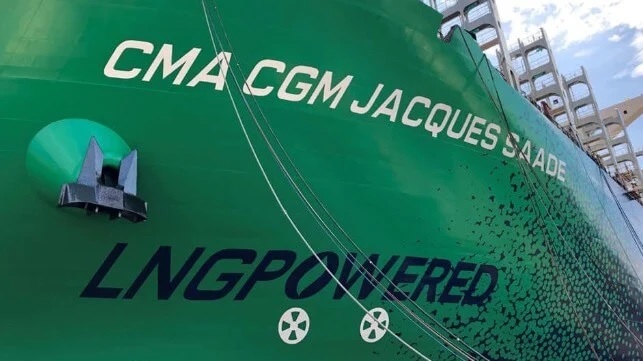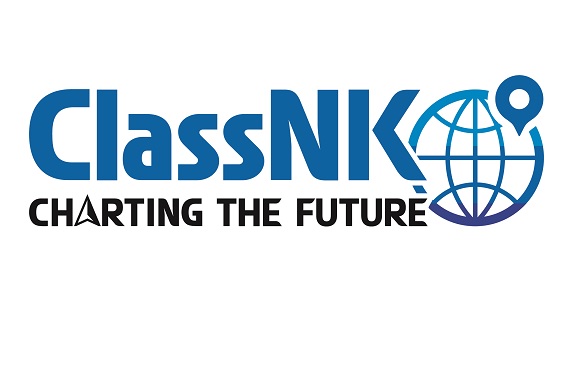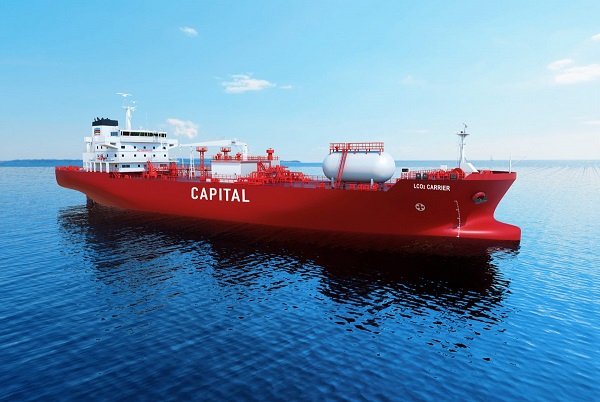How ‘Deep Dives’ can enhance Safety Culture?
According to the EU-funded SAFEMODE project, a deep dive is where a group of people try to get to the bottom of an accident or a series of related accidents, to look at it from all angles, to understand it and see what lessons can be drawn from it.
It is called a deep dive because the idea is that the group immerses itself in the event(s) for a day or several days, in order to discuss, fully comprehend, and appreciate how it connects to ongoing and upcoming activities.
By assessing the condition of the existing safety barriers and the frequency with which they are being contested or surmounted, Deep Dives can be used to determine how close an organization believes it is to a significant accident.
Deep Dives are also used to look ahead, such as when analyzing the effects of potential future changes like digitisation, autonomous ships, pandemics, etc. Considering potential hazards or
The three organisational levels of ‘Deep Dives’
- Crew Level (on the ship, or onshore during training)
- Safety Management Level
- Board Level (involving CEO and other Board Members, facilitated by Safety Director / Manager)
| Read More: EMSA deploys drones in Italy for maritime surveillance |
10 Questions for ‘Deep Dives’
The following questions are important when exploring a specific accident or incident trend from the safety perspective:
- Which barriers are still working?
- Which barriers are no longer working?
- What are the key Human Factors involved (both positive and negative)?
- Have any external factors changed?
- Have internal factors changed (staffing, competency, etc.)?
- Are the procedures still fit for purpose?
- What are the deep systemic factors?
- Where are the hotspots in the fleet?
- Where are there best practices in the fleet?
- What can be shared across the fleet?
Source: Safety4sea
| Read Here | |
 |
|

